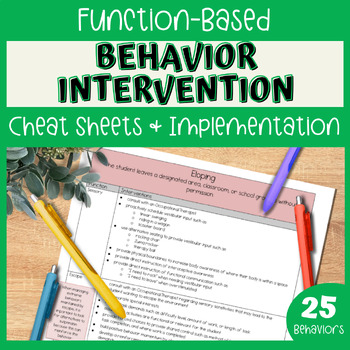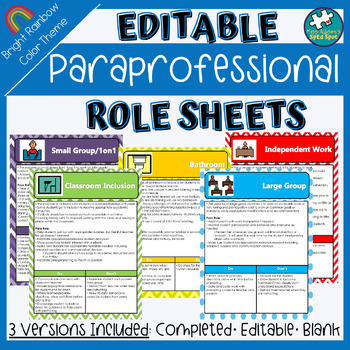
Download my FREE Number Practice Powerpoint I look forward to connecting with you and sharing SpEd Spot tips and FREEBIES! Download the FREEBIE! Built with ConvertKit Do you have students with significant learning needs in your math class or self-contained special education classroom? I have been there! Keep reading for some great tips on meeting their needs and also for some great freebies! This year I have 7 students who are just beginning to learn their numbers. Initially, I tried finding cutesy number activities that aligned with our weekly theme. However, I quickly learned that these activities were too complicated for this particular group of kids. This group has many needs. Most of them struggle visually, either due to vision issues such as difficulty with tracking or visual attention or due to visual sensory sensitivity. Therefore games that featured apples or buses that just happened to have numbers in the middle of them were too hard for these students to proc......

This year we have six paraprofessionals that we truly could not live without! This summer my teaching team and I worked hard to come up with a paraprofessional handbook to streamline our classroom procedures and communicate our expectations to our paras (old and new!). To go with our handbooks, I made these Paraprofessional Survival Kits . They include lots of the essential items (mostly office supplies) that our paras will need this year. It was a great, practical back to school gift and it also aligned with our handbook. For instance, one thing we want paras to do this year is share their thoughts or concerns on a Concern Clipboard in a central team communication area in the classroom so we included post-it notes in the bag. Also, we have paras leading groups so we want them to record student progress and take notes to let us know how things are going. Therefore, we provided each para with a notebook. What else did we include? Click on the links below for Am......
Subscribe to:
Comments (Atom)






